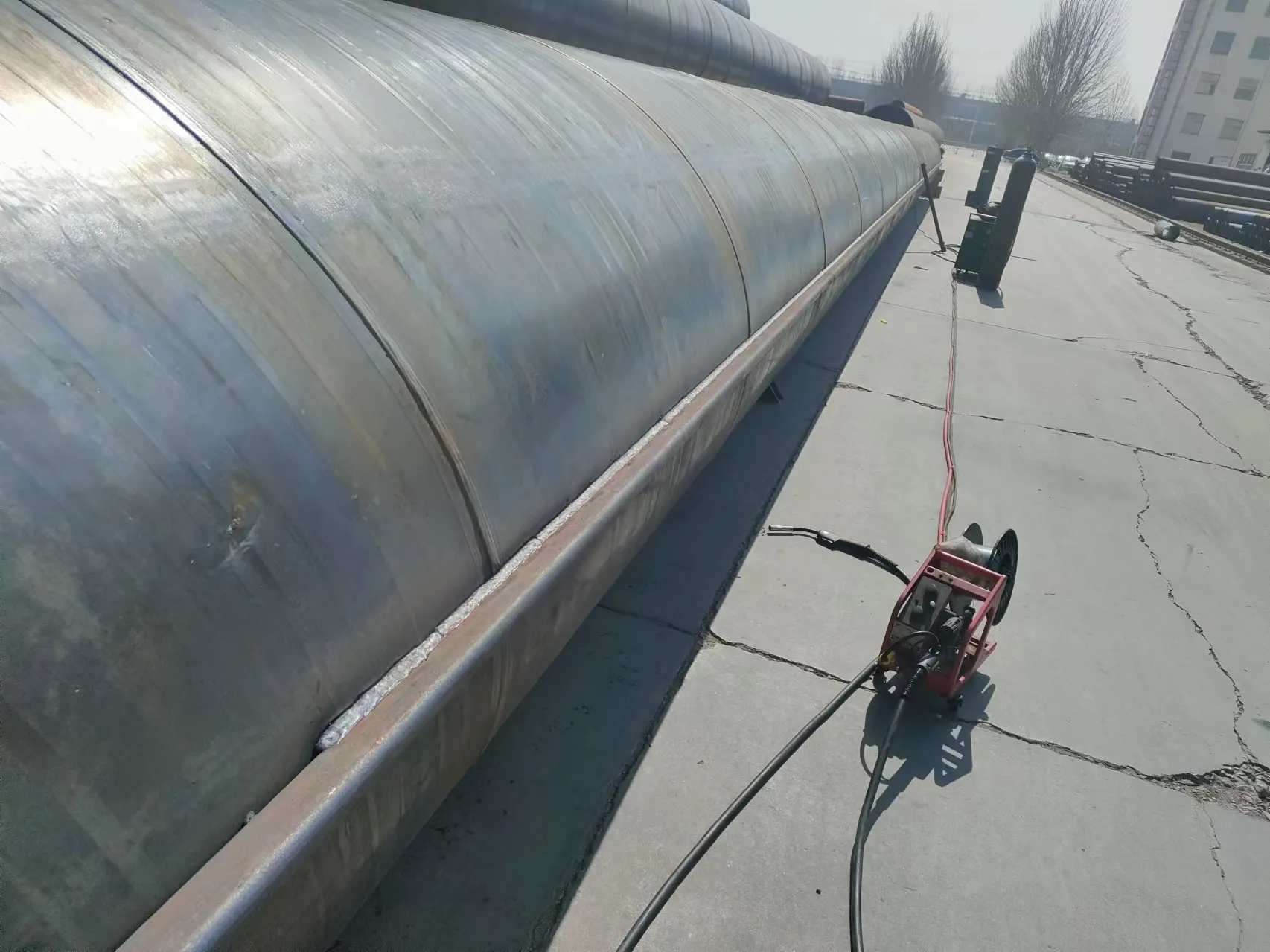-
Cangzhou Yulong Steel Co., Ltd.
-
Phone:
+86 13303177267 -
Email:
admin@ylsteelfittings.com
- English
- Arabic
- Italian
- Spanish
- Portuguese
- German
- kazakh
- Persian
- Greek
- French
- Russian
- Polish
- Thai
- Indonesian
- Vietnamese
- Zulu
- Korean
- Uzbek
- Hindi
- Serbian
- Malay
- Ukrainian
- Gujarati
- Haitian Creole
- hausa
- hawaiian
- Hebrew
- Miao
- Hungarian
- Icelandic
- igbo
- irish
- Japanese
- Javanese
- Kannada
- Khmer
- Rwandese
- Afrikaans
- Albanian
- Amharic
- Armenian
- Azerbaijani
- Basque
- Belarusian
- Bengali
- Bosnian
- Bulgarian
- Catalan
- Cebuano
- China
- China (Taiwan)
- Corsican
- Croatian
- Czech
- Danish
- Esperanto
- Estonian
- Finnish
- Frisian
- Galician
- Georgian
- Kurdish
- Kyrgyz
- Lao
- Latin
- Latvian
- Lithuanian
- Luxembourgish
- Macedonian
- Malgashi
- Malayalam
- Maltese
- Maori
- Marathi
- Mongolian
- Myanmar
- Nepali
- Norwegian
- Norwegian
- Occitan
- Pashto
- Dutch
- Punjabi
- Romanian
- Samoan
- Scottish Gaelic
- Sesotho
- Shona
- Sindhi
- Sinhala
- Slovak
- Slovenian
- Somali
- Sundanese
- Swahili
- Swedish
- Tagalog
- Tajik
- Tamil
- Tatar
- Telugu
- Turkish
- Turkmen
- Urdu
- Uighur
- Welsh
- Bantu
- Yiddish
- Yoruba

Jul . 27, 2024 01:43 Back to list
Understanding Flange Dimensions According to EN 1092 Standards for Engineering Applications and Specifications
Understanding Flange Dimensions According to EN 1092-1
Flanges are essential components in piping systems, serving as connectors between two sections of a system or as a means to mount equipment like valves and pumps. Correct flange dimensions are crucial for ensuring leak-proof connections and maintaining system integrity. The European Standard EN 1092-1 lays out the specifications and dimensions for flanges used in pipework, providing engineers and manufacturers with a reliable framework for flange design and application.
Overview of EN 1092-1
EN 1092-1 specifies the requirements for flanges used in piping for a range of applications in various industries, including oil and gas, chemical, water treatment, and more. This standard covers different types of flanges, such as flat, raised face, and ring-type joints, and it provides detailed dimensions, tolerances, materials, and construction details pertinent to these flanges.
Key Flange Dimensions
Flange dimensions are critical for compatibility, performance, and installation. The standard includes several key dimensions that need to be considered
1. Nominal Diameter (DN) This is a nominal measurement that designates the flange's size and ensures compatibility with piping systems. It is typically denoted in millimeters.
2. Nominal Pressure (PN) The nominal pressure rating indicates the pressure that the flange can withstand under working conditions. This classification aids in determining the appropriate flange type for high-pressure applications.
flange dimensions en 1092 1

4. Thickness The flange thickness is essential for structural integrity and performance, particularly under pressure. EN 1092-1 provides minimum and maximum thickness requirements for different nominal pressures.
5. Surface Finish The surface finish characteristics of the flange can affect the sealing performance and resistance to corrosion. The standard outlines requirements for surface roughness and treatment.
Material Specification
EN 1092-1 recommends several materials for the manufacture of flanges, including carbon steel, stainless steel, and various alloy steels. The choice of material is influenced by the application, environmental conditions, and the medium being transported. The standard recognizes the importance of corrosion resistance and mechanical properties, mandating that manufacturers comprehensively evaluate materials for their intended service conditions.
Importance of Compliance
Adherence to EN 1092-1 is critical for maintaining safety and reliability in a piping system. Using flanges that do not comply with this standard can result in improper fit, stress on joints, potential leaks, and equipment failures. Industries are increasingly focused on safety and regulatory compliance, making it imperative for engineers and procurement departments to specify flanges that meet EN 1092-1 specifications.
Conclusion
In summary, the EN 1092-1 standard provides a comprehensive guideline for flange dimensions and materials relevant to a variety of applications. By understanding and adhering to these specifications, engineers can ensure the proper functioning and safety of their piping systems. Whether it is for industrial, commercial, or residential use, the selection of compliant flanges is a vital element in effective and efficient system design. As industries continue to evolve, the importance of robust standards like EN 1092-1 remains clear, serving as a cornerstone for engineering excellence and operational integrity.
Latest news
-
ANSI 150P SS304 SO FLANGE
NewsFeb.14,2025
-
ASTM A333GR6 STEEL PIPE
NewsJan.20,2025
-
ANSI B16.5 WELDING NECK FLANGE
NewsJan.15,2026
-
ANSI B16.5 SLIP-ON FLANGE
NewsApr.19,2024
-
SABS 1123 FLANGE
NewsJan.15,2025
-
DIN86044 PLATE FLANGE
NewsApr.19,2024
-
DIN2527 BLIND FLANGE
NewsApr.12,2024
-
JIS B2311 Butt-Welding Fittings LR/SR 45°/90° /180°Seamless/Weld
NewsApr.23,2024











